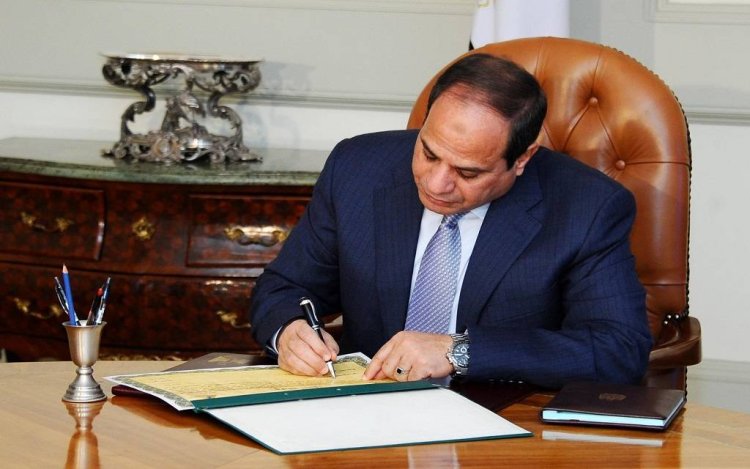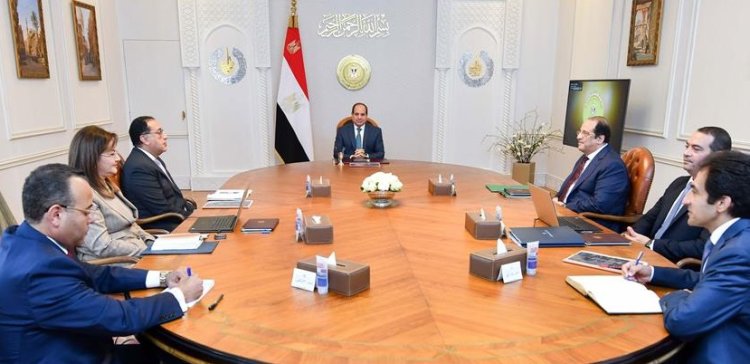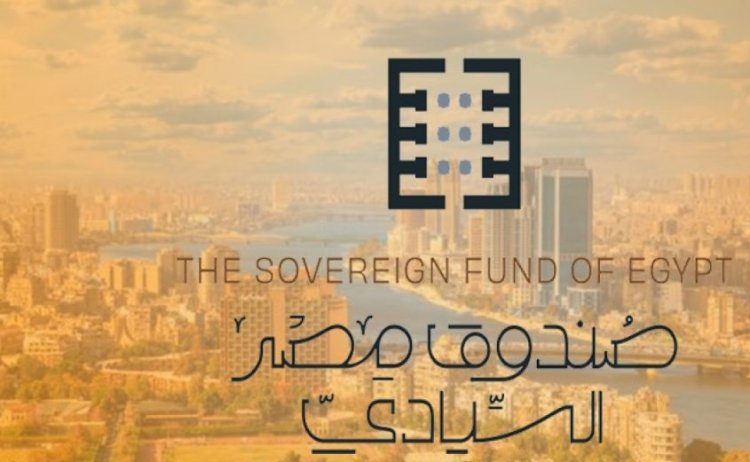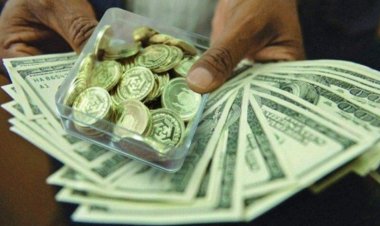Presidential decision to transfer ownership of “Misr Insurance Holding” Company to “Sovereign Fund”
The fund's paid-up capital is 200 billion pounds, and it is expected to reach 1 trillion pounds within 3 years, and a paid-up capital of 5 billion pounds.

President Abdel Fattah El-Sisi issued Decree No. 102 of 2023 to transfer ownership of 100% of the shares of "Misr Insurance Holding" Company to the Sovereign Fund for Investment and Development.
In previous time, El-Sisi stressed that the "Egypt Sovereign Fund" is the ideal investment partner for the private sector, which in turn is considered an essential partner in the development process, especially through the fund's implementation of the state ownership document to enhance the process of private sector participation.

What is the Egyptian Sovereign Fund?
The Sovereign Fund was established in accordance with Law No. 177 of 2018 issued by the President of the Republic.
It is wholly owned by the Arab Republic of Egypt, and enjoys financial and administrative independence, and a financial liability independent of the state.
Who manages the fund:
Formation of the fund’s board of directors by presidential decree, based on the proposal of the Prime Minister.
The council includes the minister concerned with planning affairs, a non-executive chairman of the board of directors, and a representative of the ministries concerned with planning, finance and investment affairs.
Fund resources:
The fund's paid-up capital is 200 billion pounds, and it is expected to reach 1 trillion pounds within 3 years, and a paid-up capital of 5 billion pounds.
One billion is paid by the government, and the remainder is withdrawn according to the need for it, in addition to the returns that the fund achieves in exchange for its partnerships in various investment projects.

Who benefits from the Fund's returns?
The Egyptian economy is the largest beneficiary of the sovereign fund, as this fund works to achieve financial returns from the proceeds of its investments and contributions in companies and other investment opportunities, which is a new resource such as tax revenues, without burdening the state’s general budget.


 Shrouq
Shrouq 












